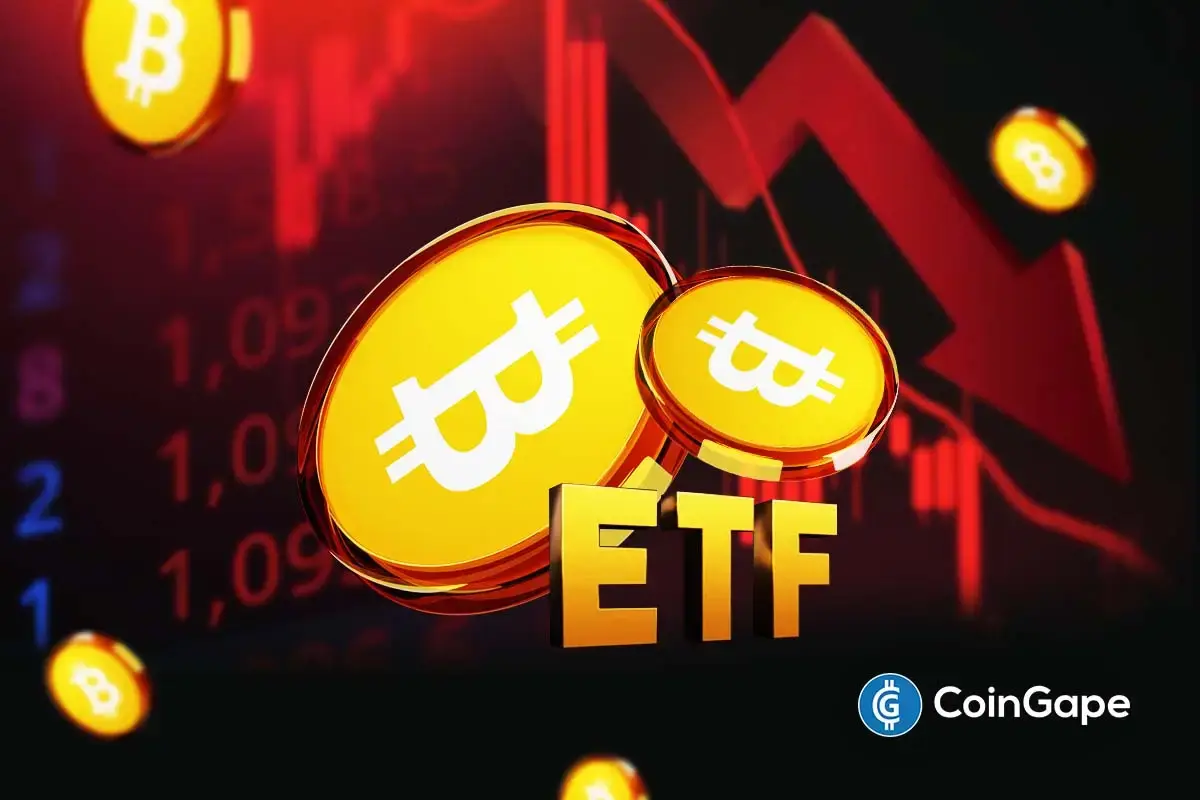Bloomberg Analyst Corrects Crucial Spot Bitcoin ETF Misconception

The choice of a “cash create” redemption model for spot Bitcoin (BTC) ETF as mandated by the United States Securities and Exchange Commission (SEC), has birthed some misconceptions in the industry, prompting Bloomberg’s Senior ETF Analyst James Seyffart to take out time to correct a few of these errors on the X app.
Debunking Key Bitcoin ETF Myths
With many of the applicants for the Bitcoin ETF product now succumbing to the SEC’s Cash Creates demand, it looks like members of the public believe adopting this redemption model means the fund will not hold Bitcoin.
Some others perceive that the Bitcoin ETF product will act as a fractional reserve product upon approval. However, Seyffart emphasized clearly that “Spot Bitcoin ETFs WILL hold Bitcoin.”
In response to this clarification, some crypto X members had several questions to ask including one individual who wanted to know if the ETF issuers will publish on-chain addresses so that the public can check and verify how the cash-create model works.
To answer this, Seyffart pointed to the fact that Osprey Funds published addresses for its OBTC offering. At the same time, he explained that this was not a strategy adopted by many ETF issuers.
Not working today but scrolling through twitter just now andddd holy hell… there are a lot of bad #bitcoin etf takes. People are simply uninformed (being nice) and wayyyy too gullible
Say it with me:
“Spot Bitcoin ETFs WILL hold Bitcoin” https://t.co/wZDJCYSfl6
— James Seyffart (@JSeyff) December 27, 2023
Another X user was more particular about getting a book that concisely explains how the entire Bitcoin ETF concept works, a demand Seyffart hilariously laughed at.
Cash Creates and In-Kind Model: the Difference
On the subject of cash create redemption and its counterpart; in-kind model, BlackRock had earlier explained the difference in a document presented during one of its meetings with SEC. The in-kind model is completed in only a 5 step process that starts with a Market Marker (MM) requesting redemption through an Authorized Participant (AP).
The ETF issuer then approves the order while the MM buys the ETF shares via a Listing Exchange. Consequently, the ETF share is delivered to a Transfer Agent by the MM. Noteworthy, this will happen after the ETF issuer has instructed the Bitcoin custodian to release the coin to the MM.
For the cash model, the ETF issuer has to first instruct the BTC custodian to move cash out of cold storage for it to be sold after the redemption has been initiated by the MM. It is after this that MM can enter a trade with the ETF issuer to buy BTC for USD.
So far, BlackRock and WisdomTree have adopted the cash-create model. Grayscale also added it to its recent amendment filing, citing that “the Trust is currently able to accept Cash Orders,” a concession that is seen as a positive shift in hopes of bagging an approval.
- Michael Saylor’s “Green Dots” Message Hints At Fresh Bitcoin Buying As BTC Faces $90K Wall
- Fed’s Hammack Signals No Rush to Cut Rates as January Hold Odds Near 80%
- XRP ETFs Reach $1.21B as Asset Managers See a ‘Third Path’ Beyond Bitcoin
- Nearly $50M in USDT Stolen After Address Poisoning Scam Targets Crypto Trader Wallet
- Breaking: Rep. Max Miller Unveils Crypto Tax Bill, Includes De Minimis Rules for Stablecoins
- Will Solana Price Hit $150 as Mangocueticals Partners With Cube Group on $100M SOL Treasury?
- SUI Price Forecast After Bitwise Filed for SUI ETF With U.S. SEC – Is $3 Next?
- Bitcoin Price Alarming Pattern Points to a Dip to $80k as $2.7b Options Expires Today
- Dogecoin Price Prediction Points to $0.20 Rebound as Coinbase Launches Regulated DOGE Futures
- Pi Coin Price Prediction as Expert Warns Bitcoin May Hit $70k After BoJ Rate Hike
- Cardano Price Outlook: Will the NIGHT Token Demand Surge Trigger a Rebound?

 Claim $500
Claim $500















